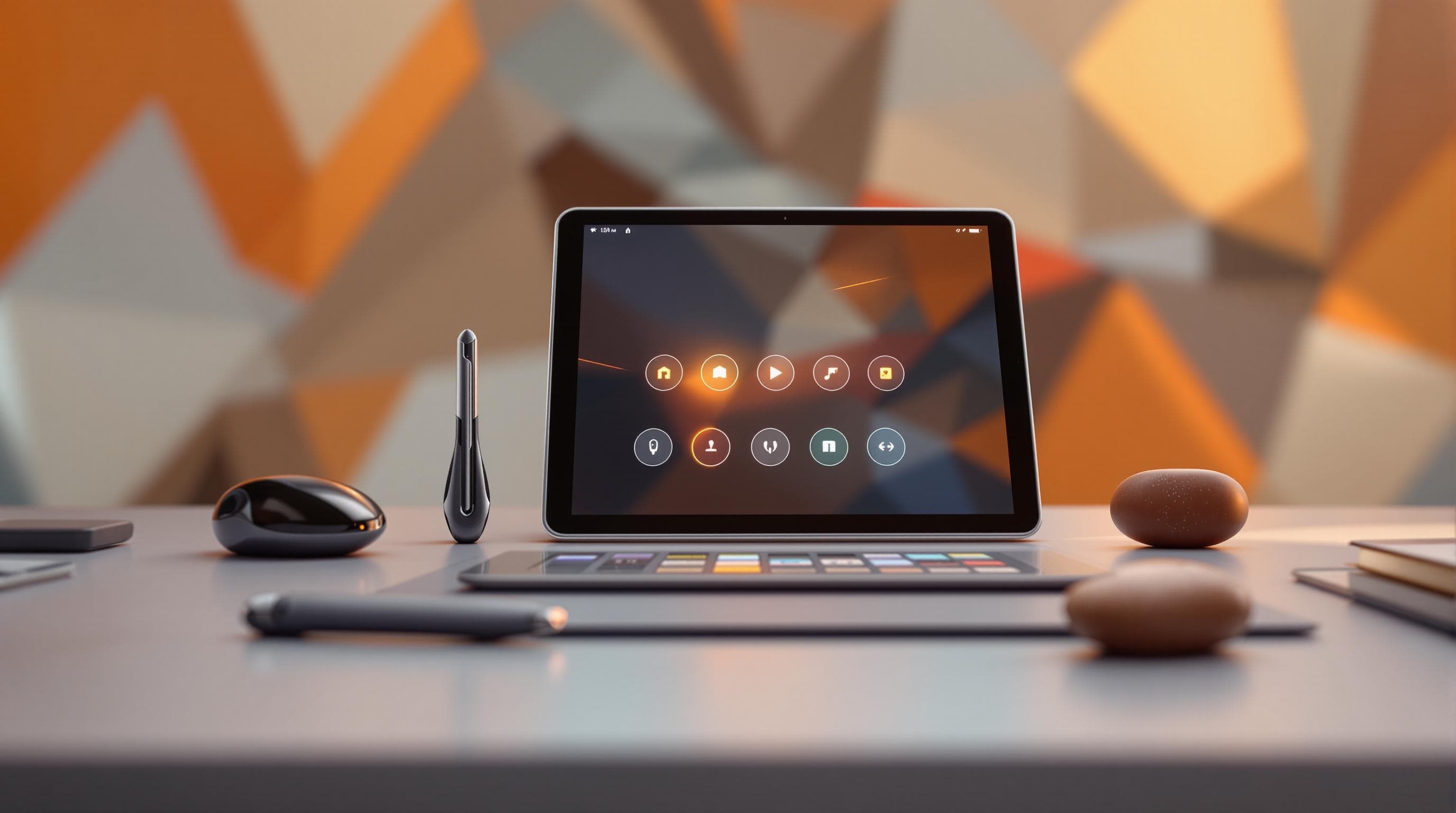Crafting Seamless User Journeys with Personalized Form Experiences


Imagine filling out a form online and feeling like it was designed just for you. It's smooth, intuitive, and almost enjoyable. This is the power of crafting seamless user journeys with personalized form experiences—a crucial aspect of modern web design that can significantly enhance user satisfaction and engagement. But why does this matter, and how can you achieve it? Let's dive in.
Why Personalization Matters
In the realm of online interactions, personalization isn't just a nice-to-have; it's a necessity. Users expect experiences tailored to their needs, and when they encounter a form that feels impersonal or cumbersome, it can lead to frustration and abandonment. Here’s why personalizing form experiences is essential:
- Increased Engagement: Personalized forms capture attention and keep users engaged, reducing bounce rates.
- Enhanced User Satisfaction: Tailored experiences resonate more with users, making them feel valued and understood.
- Higher Conversion Rates: When forms are intuitive and relevant, users are more likely to complete them, boosting conversion rates.
Steps to Craft Personalized Form Experiences
Creating personalized form experiences involves a strategic approach that considers the user's journey from start to finish. Here are some actionable steps to guide you through this process:
Understand Your Audience
Before you can personalize a form, you need to know who you're personalizing it for. Understanding your audience is the foundation of any successful personalization strategy.
- Conduct Surveys and Research: Use tools like SurveyMonkey to gather insights about your audience's preferences and behaviors.
- Analyze User Data: Look at analytics from platforms like Google Analytics to identify user trends and patterns.
Design with User Intent in Mind
Consider what your users are looking to achieve when they encounter your form. Designing with their intent in mind ensures relevance and improves user experience.
- Map Out User Journeys: Use flowcharts to visualize the steps users take before, during, and after interacting with your form.
- Identify Key Touchpoints: Determine where personalized elements can be most impactful, such as the form introduction or confirmation page.
Leverage Customization Features
Utilize tools that offer customization features to tailor your forms effectively. Ezpa.ge provides an array of functionalities to help with this.
- Customizable Themes: Match the form's appearance with your brand identity to create a cohesive experience.
- Drag-and-Drop Editing: Simplify the form creation process by easily adding or rearranging fields based on user feedback.
- Real-Time Google Sheets Syncing: Automatically update responses in Google Sheets for efficient data management.
Implement Dynamic Content
Dynamic content adapts to user inputs, making forms more interactive and personalized.
- Conditional Logic: Show or hide fields based on previous answers to keep forms concise and relevant.
- Prefilled Fields: Use known data to prefill fields, reducing the effort required by users.
Optimize for Mobile
With a significant portion of users accessing forms via mobile devices, ensuring mobile optimization is crucial.
- Responsive Design: Ensure forms display correctly on all devices, adjusting layouts as necessary.
- Touch-Friendly Elements: Use larger buttons and input fields to improve usability on smaller screens.
Test and Iterate
Personalization is an ongoing process. Regular testing and iteration ensure forms remain effective and aligned with user expectations.
- A/B Testing: Experiment with different form versions to identify which elements drive better engagement.
- Gather Feedback: Encourage users to provide feedback on their form experience to identify areas for improvement.
Crafting a Cohesive Experience
Personalized forms should be part of a broader, cohesive user experience. This means ensuring consistency across all touchpoints and maintaining a user-centric approach throughout the journey.
- Consistent Messaging: Align the tone and messaging of your forms with other communication channels, such as emails and social media.
- Seamless Transitions: Ensure that moving from one stage of the user journey to another is smooth and intuitive.
Summary
Personalizing form experiences is about making users feel seen and valued. By understanding your audience, designing with intent, leveraging advanced features, implementing dynamic content, optimizing for mobile, and continuously testing and iterating, you can craft seamless user journeys that enhance satisfaction and drive conversions.
Take the First Step
Ready to transform your forms into personalized experiences? Start by exploring the powerful features offered by Ezpa.ge. Whether you're collecting signups or feedback, Ezpa.ge equips you with the tools to create beautiful, intuitive forms that resonate with your audience. Get started today and unlock the potential of personalized form experiences!
By following these steps and principles, you can create forms that not only meet user expectations but exceed them, turning a mundane task into a memorable experience.


